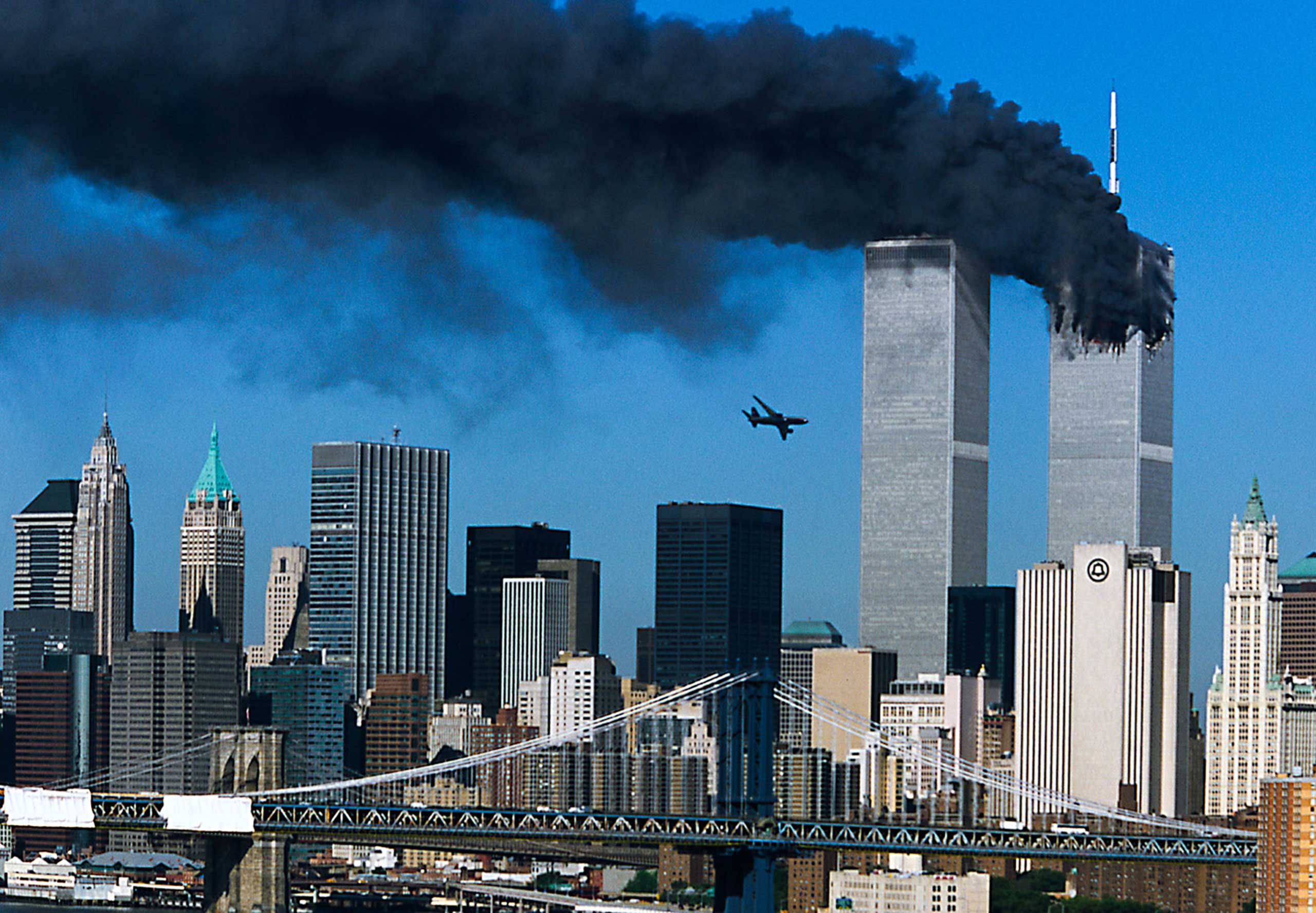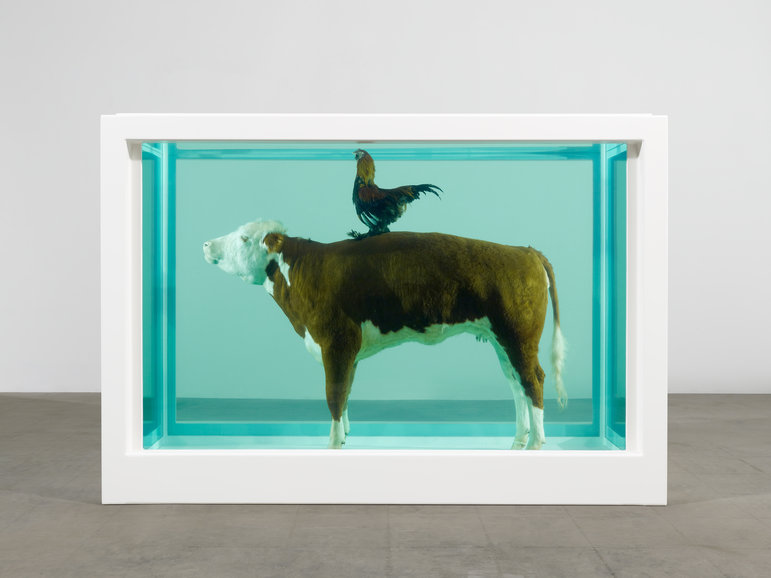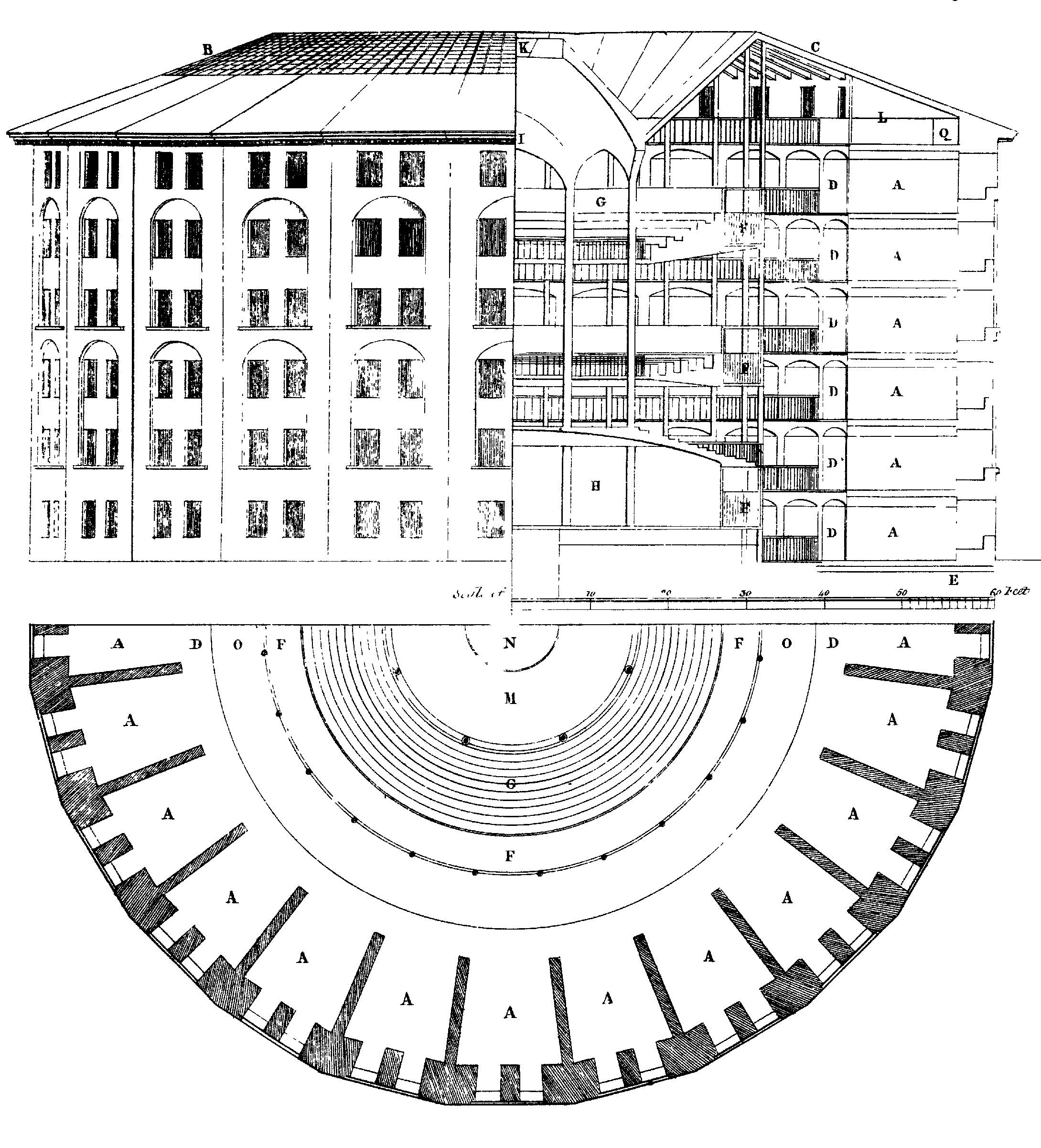Karlheinz Stockhausen, Art & Morality
2021
DESCRIPTION____A conversation which explores the relationship between art and morality. More specifically, the phenomenon of transgressive art and the role of artists in upholding societal values.
Q
I was reading about Karlheinz Stockhausen, an avant garde composer who is widely regarded as one of the greatest of his time and an inspiration for many musicians who came after him. His compositions are often unappealing; they don’t fit into our concept of music and he was controversial too. He is quoted, saying that September 11

[The attacks of 9/11 were] the greatest work of art imaginable for the whole cosmos. Minds achieving something in an act that we couldn't even dream of in music, people rehearsing like mad for 10 years, preparing fanatically for a concert, and then dying, just imagine what happened there. You have people who are that focused on a performance and then 5,000 people are dispatched to the afterlife, in a single moment. I couldn't do that. By comparison, we composers are nothing. Artists, too, sometimes try to go beyond the limits of what is feasible and conceivable, so that we wake up, so that we open ourselves to another world. […] It's a crime because those involved didn't consent. They didn't come to the 'concert.' That's obvious. And no one announced that they risked losing their lives. What happened in spiritual terms, the leap out of security, out of what is usually taken for granted, out of life, that sometimes happens to a small extent in art, too, otherwise art is nothing.
A
So I can see why that kind of sentence is controversial, because here he seems to be making a kind of radical divorce between art and morality. To praise something as a work of art is normally to praise it as good, in some evaluative sense. And clearly most people wouldn't want to say that 9/11 is good.
Q
Stockhausen’s idea is that 9/11 as an event, was a great piece of art. When we are talking about art, should morality be a part of that conversation?
A
The classic example here is Leni Riefenstahl's Triumph of the Will,

When we call something a work of ‘art’, we are at least implicitly trying to say that this work is useful and worthy in a certain way to be shown to other people. When we call something ‘immoral’, we imply that if these ideas are spread around, they could incite people to do morally bad things. And so in that way, there seems to be an incongruence between something being deemed as ‘art’, yet also deemed as immoral. The term ‘art’ connotes that something is worthy to show people, yet if it’s ‘immoral’, it shouldn't be shown to people because it might incite them to do bad things.
Q
What do you think of works of art, which are notable because of how transgressive or immoral they are? Damien Hirst's animals preserved in formaldehyde

Cock and Bull, 2012
come to mind. Often they are sliced in half and what you see is a lifelike but obviously dead carcass of an animal. And because it's been preserved in a rectangular box of formaldehyde, you can see its inner organs. People are drawn to these works because of how transgressive they are. In a sense these carcasses have been needlessly exhibited, just for our viewing pleasure.
A
I'll add another example to your Damien Hirst example. The artwork Piss Christ,
.jpeg)
Piss Christ (1987) is a photograph of a crucifix suspended in urine by Andres Serrano
which is obviously offensive to many people. There's a difference here. I draw a distinction between something being transgressive and something being immoral. So Piss Christ and Damien Hirst's formaldehyde works are both transgressive in the sense that they force people to think, but I don't think that they are immoral in the sense that they would incite people to go out and do morally bad things. They might make people uncomfortable, but I don't think that anyone's going to go and kill more animals or burn a church after seeing them. While it's quite plausible that after seeing Triumph of the Will, someone might become more of a Neo-Nazi, or after hearing Stockhausen's comments and interpreting them a certain way, someone might become more likely to look well on acts of terrorism or commit acts of terrorism.
So in this respect, my view of artists is Xunzian.
Xunzi was a classical Confucian philosopher, noted for his focus on cultural forms as a way of morally transforming the individual.
Good art is that which transforms you for the better; and if art doesn't transform you for the better, then it's better that it not be spread around.
Q
So would you say that Damien Hirst's artworks of animals suspended in formaldehyde are neutral?
A
People have different backgrounds and works of art can have different effects on people. I can imagine some people for whom Damien Hirst's artwork elicits nothing but disgust. And other people where Damien Hirst's, artwork would make them more likely to be vegetarian. But I think it's quite unlikely that Damien Hirst’s artwork would make someone more likely to become a hunter. If anything, I feel like his work shows you how unnatural it is to have animals sliced up in this way for our consumption, whether visual or gastronomic.
Q
So is Damien Hirst's artwork good because it makes us more aware of the suffering of animals?
A
It could be good for some people, and it might be neutral for other people. But I think it's unlikely for it to be actively bad, given normal human responses to seeing dead things.
Q
For art which is morally reprehensible (and thus art which should not to be seen), are you in favour of censoring that kind of art?
A
No, not in the sense of the censorship which most people think of, which is having a centralised body coming in and saying, "You're not allowed to show this" and destroying copies of the art, kicking in doors and arresting artists.
Instead, I think that the model which I want is one where artists are individually responsible enough, where they can make this decision on their own, to decide not to show morally reprehensible art.
Q
So like self-censorship?
A
Well, so one might start suspecting Foucauldian panopticon

Michel Foucault drew upon this idea to explain how the threat of surveillance today ensures that people become docile beings.
style work here where people are forced to watch themselves. But I think that this is not people being forced to watch themselves because they feel that others are watching them. Ideally people would watch themselves because they know of the effects that their works can have on the wider community.
Q
But often the reason why artists release morally reprehensible artwork is because they know of the social baggage which that piece of art would have, and they know how it's going to be perceived. They're responding to the collective body of knowledge we share.
A
Yeah, the easiest way to court controversy is to do something controversial.
Q
They know the rules and they're intentionally breaking them.
A
Well, I think that there are positive ways to do it like that Damien Hirst, one might say, and negative ways to do it. Interestingly enough, Leni Riefenstahl was arguably working within the rules.
There is a conflict here between doing what's [morally] right and doing what's rational for success. I don't want to be encouraging censorship, so all I can say is that I would hope for sufficient education and responsibility so that even though artists can make these works, they choose not to release them. So when I talked to a friend about this, he once said that you have "You're too much of a liberal hoper, you just wish too much of people's human nature." I haven't thought much about this yet. So my views here are quite tentative.
Q
Well, who deems what is acceptable morally?
A
So you're asking two different questions here. One is a question of; Who in society actually deems morality. And the second question is; Who should be deeming morality?
The first is a descriptive question - Who are the arbiters of taste? The second is a normative question - Who should be the arbiters of taste?
I don't know who the actual arbiters of taste are, it's possible that to give a bunch of different answers. Maybe they are particularly influential critics. Maybe it's message boards on the internet or the market? It's hard to tell. So that's a sociological question I won't try to answer.
Who should be the tastemakers? I don't know, I'm reluctant to privilege any particular group, because I'm reluctant to give too much power to a particular group. In this case, what I would suggest is that this is something which everyone has to partake in. And it's good that everyone partakes in it. Because in that way, there's a form of check and balance to prevent any one person or any one group from being too influential with their taste.
Q
Personally I feel that we should allow artists to create whatever output and judge morality once it's out there. We should encourage a wide array of human expression.
A
So I take it the thought here is a two-stage model where first art gets made and then once it’s made, people discuss it and debate its moral valence.
The problem is that all these things are too tightly intertwined. We can't discuss ideas in a vacuum without any context. The presence of a certain idea will affect how the discussion goes.
So for example, just having Neo-Nazi ideas around may widen the Overton window
The range of policies which are politically acceptable to the mainstream population at a point in time.
and make someone more likely to accept those values, even though the ideal rational person would not be sympathetic to Nazism at all.
Note that when I say ‘ideal rational’ here, I'm thinking of someone behind John Rawls' veil of ignorance,
The veil of ignorance is a thought experiment which prompts you to consider what rules and policies you would choose for society, if you had no knowledge of what position you will have in that society. The decision is made without knowledge of what gender, race, socioeconomic class and desires you will have, encouraging you to choose ‘fair’ policies which do not privilege any particular position.
where if you didn't know what circumstances you would have in life, then you would never wish for Nazism to come about because you could be one of the people who is being killed by Nazism. In a perfect society where everyone was rational in this Rawlsian sense, you could have everyone against morally reprehensible art. But because our perspectives are conditioned by our historical backgrounds, in our society that kind of thing is impossible.
Q
If you make something hard to access, people might be drawn to that even more so, because people are drawn to exoticism. So by creating a world where immoral art doesn't even reach the market, that might create a situation where people search more and build a desire to go after it.
A
This relates to the Streisand effect,
Where attempts to hide information from people results in greater attention and desire to access that information.
Named after Barbra Streisand, whose attempts to suppress photographs of her residence inadvertently drew more public attention to it.
where knowing that there's something hidden makes people want to go after it more. It reminds me of that saying that the most important part of keeping a secret is having people not know that the secret exists. Because once people know that the secret exists, even if they don't know what the secret is, it gives them something to look out for.